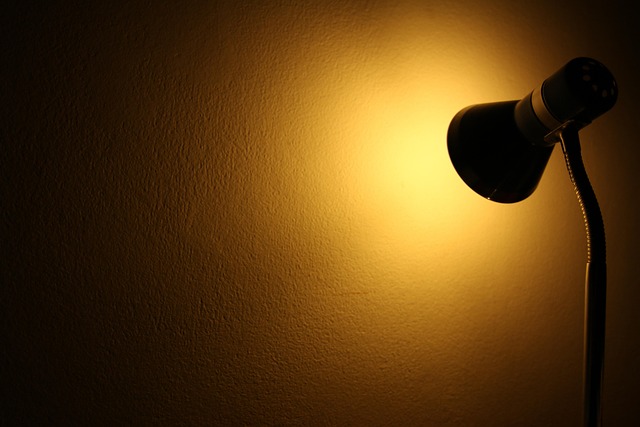 Back to Home
Back to Home
 Home >
News >
IP Academy >
Industrial products going overseas design plagiarized? Clever use of the Hague system to achieve "one table to protect many countries"
Home >
News >
IP Academy >
Industrial products going overseas design plagiarized? Clever use of the Hague system to achieve "one table to protect many countries"
 2025-05-14
2025-05-14
At the end of last year, a Chinese company focusing on smart home design encountered a difficult problem when its new products landed in the Southeast Asian market: its original folding lamp structure was quickly imitated by local manufacturers in Malaysia and Vietnam, but because the company initially only applied for appearance patents through a single country, it led to the quagmire of "different standards of evidence and unsynchronized litigation cycles". This turmoil eventually prompted the company to readjust its strategy - in early 2025, they submitted international design applications covering 54 contracting countries through the Hague System at one time, spending only 42,000 yuan to complete the layout of the first batch of 20 countries. Nearly 60% cost savings compared to the traditional single-country application model.
Behind this efficiency jump is the core value of the Hague system's "one submission, multi-country effect". According to the World Intellectual Property Organization (WIPO), as of April 2025, Chinese companies accounted for 7% of global design applications filed through the Hague System from 7% in 2022 climbed to 19%, becoming the fastest-growing application group. However, the rapid popularization has also exposed common misunderstandings: some companies mistakenly regard the submission date as the authorization date and do not set aside a buffer period for substantive review in various countries, resulting in temporary bans on product listing; Some companies have ignored the differences in drawing specifications, and the scope of local design protection in Japan has been greatly compressed.
To maximize the benefits of the Hague System, three key strategies need to be grasped. First, implement a gradient layout of "core market + priority extension", such as designating high-value markets such as the EU and the United States in the first batch of applications, and then using the 12-month priority window to include emerging markets such as South Korea and Singapore in the protection net. Second, the combined view submission of "technical drawings + renderings + use status drawings" is used to ensure that the scope of rights is not detracted from in countries with strict design details such as Germany. More importantly, it is necessary to establish a rejection warning mechanism, and when receiving the review opinion forwarded by WIPO, a baby products company used Kane Topology's "48-hour response service" to supplement the design points within a limited time, successfully reducing the rejection rate from the industry average of 37%to 9%.
It is worth noting that the Hague System continues to release policy dividends. In March 2025, Brazil officially joined the system, bringing the number of covered countries to 95; In May of the same year, WIPO updated its examination guidelines, explicitly accepting AI-assisted design applications for the first time, but requiring applicants to declare the core contributions of human designers. These changes mean that in the current era of intelligent design tools, enterprises need to make good use of international rules to broaden the protection radius, but also build a solid foundation for "human rights" of innovative achievements.